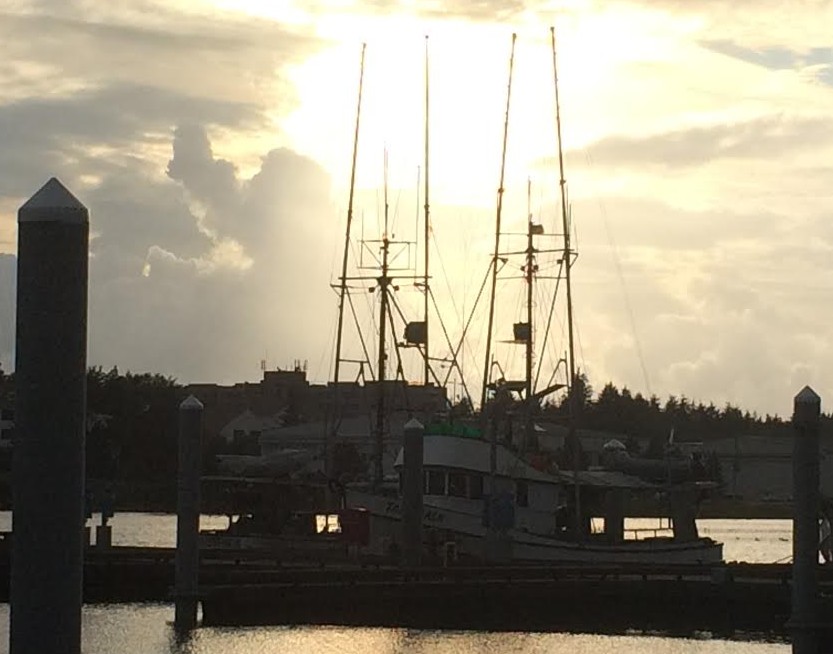There are less than two weeks to go before the traditional start of the summer king salmon trolling season, on July 1st — but fishermen in Southeast don’t know yet how many kings they’ll be allowed to catch. That’s because representatives on the Pacific Salmon Commission are deadlocked: they can’t agree how many king salmon are out there.
Normally, the king salmon abundance index is released in early April. That number determines how many chinook will be available for commercial and sport fishermen in Southeast Alaska — and how many fish must be allowed to pass by on their way to rivers in British Columbia, Washington and Oregon.
But with just days to go until the summer troll season starts, that number isn’t out. And that means that fishermen and processors — and fishery managers — don’t know what kind of summer to plan for.
The problem is at the Pacific Salmon Commission, which implements the U.S.-Canada Pacific Salmon Treaty. Each year, representatives from Alaska, Canada, Washington and Oregon have to agree on an estimate of the returning king salmon population.
And right now, they don’t agree.
Last year (2014) was a record year for king salmon in Southeast. But when the abundance index was first calculated this year, it had dropped by 77-percent. That’s according to Charlie Swanton, Deputy Commissioner of Fish & Game, and Alaska’s representative on the Pacific Salmon Commission. Swanton says Alaska just doesn’t agree with that number.
“When you have a strong brood year, it doesn’t drop off a cliff, OK?,” he said. “In essence, it was 77-percent drop in the abundance index from 2014 to 2015 with no apparent explanation for why the drop was.”
Last year’s quota for Southeast was almost 440,000 king salmon. That’s the highest since the current management system went into effect in 1999. But under the numbers produced by the model this year, there would have been less than 240,000 king salmon available for fishermen — about half as many.
Swanton said it’s always possible that something happened to the population in the intervening year. But he said there’s evidence, including from a strong winter trolling season, that indicates otherwise.
“Everything we’ve seen, from the returns to Columbia river last year, and Columbia river returns so far this year, are all pointing toward another year of very strong abundance,” he said.
And Southeast fishermen worry that with the lower quota, they might be forced to watch those fish swim by, losing out on millions of dollars.
For Washington and Oregon, the top priority is making sure there are enough fish returning to honor their obligations under treaties with local tribes, and under the Endangered Species Act, Swanton said. The rest is then parcelled out among commercial and recreational fisheries along the west coast.
Usually, when the committee that does the modeling disagrees — it’s called the Chinook Technical Committee — the issue is kicked up to the commissioners. That’s where it sits now. But Swanton said there’s no agreement yet on how to manage the fishery without an abundance index.
“What I’ve asked the southern commissioners, is, what do you think we should do” he said. “Given that we don’t have any guidance, given that the commission did not offer any alternative options for Alaska in configuring our fisheries — what should we do?”
KCAW left messages for the three voting commissioners from Washington and Oregon, who did not respond by press time on Wednesday (6-17-15).
Given all this, can Southeast expect to go fishing for king salmon this summer?
Swanton: I am hopeful that that will be the case.
KCAW: But it’s not for sure right now?
Swanton: Nothing’s for sure right now, but I’m very, very optimistic that we will find a way through our impasse at this point in time, and that we can get folks doing what they do this time of year, which is make a living and catch king salmon.
And fishermen across Southeast are hoping for the same thing.
































